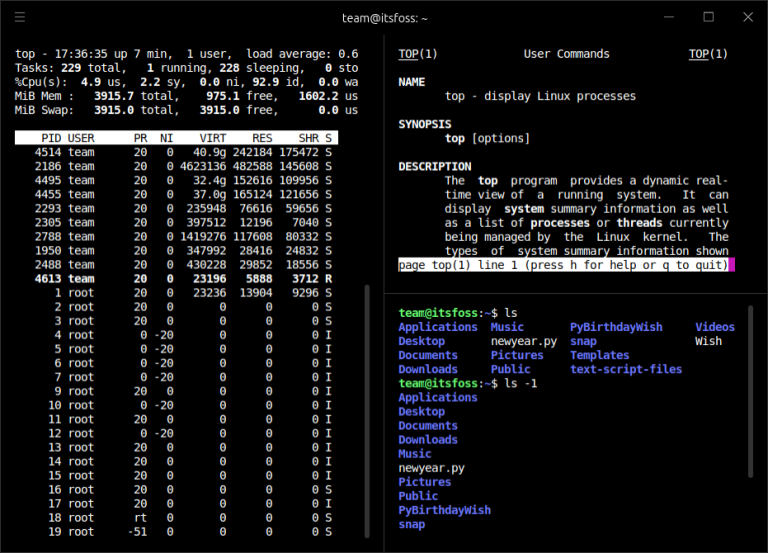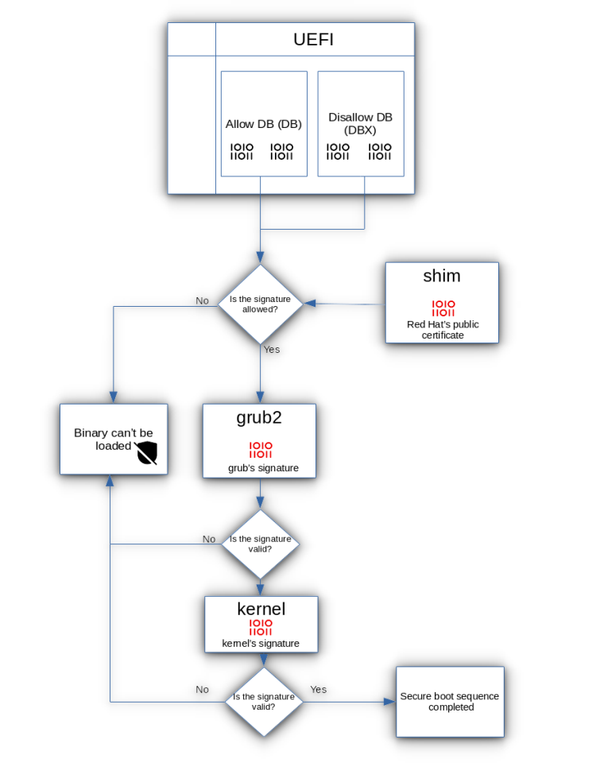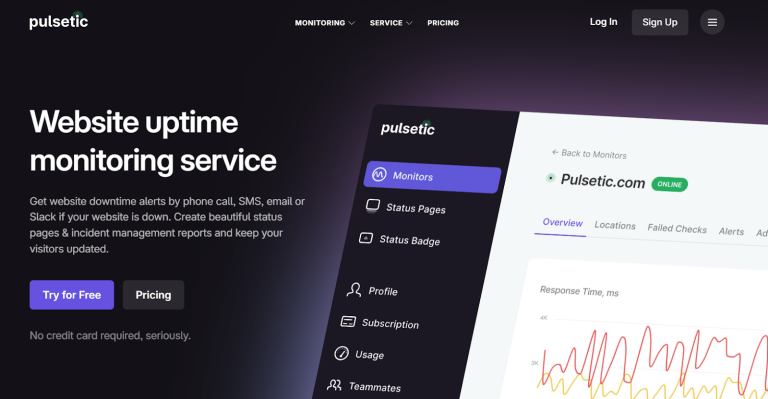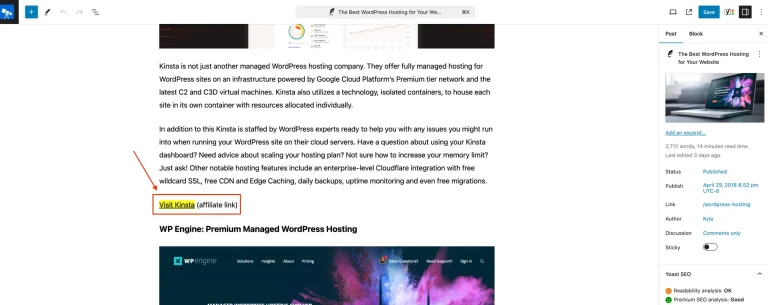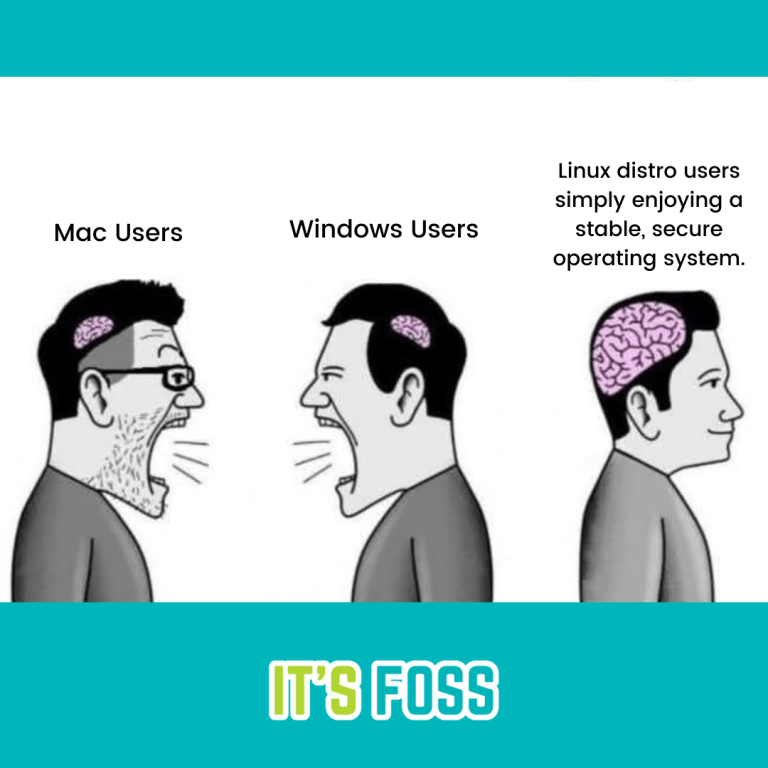Given that the site’s monthly traffic peaked at just ~23K (according to Ahrefs), that’s impressive!
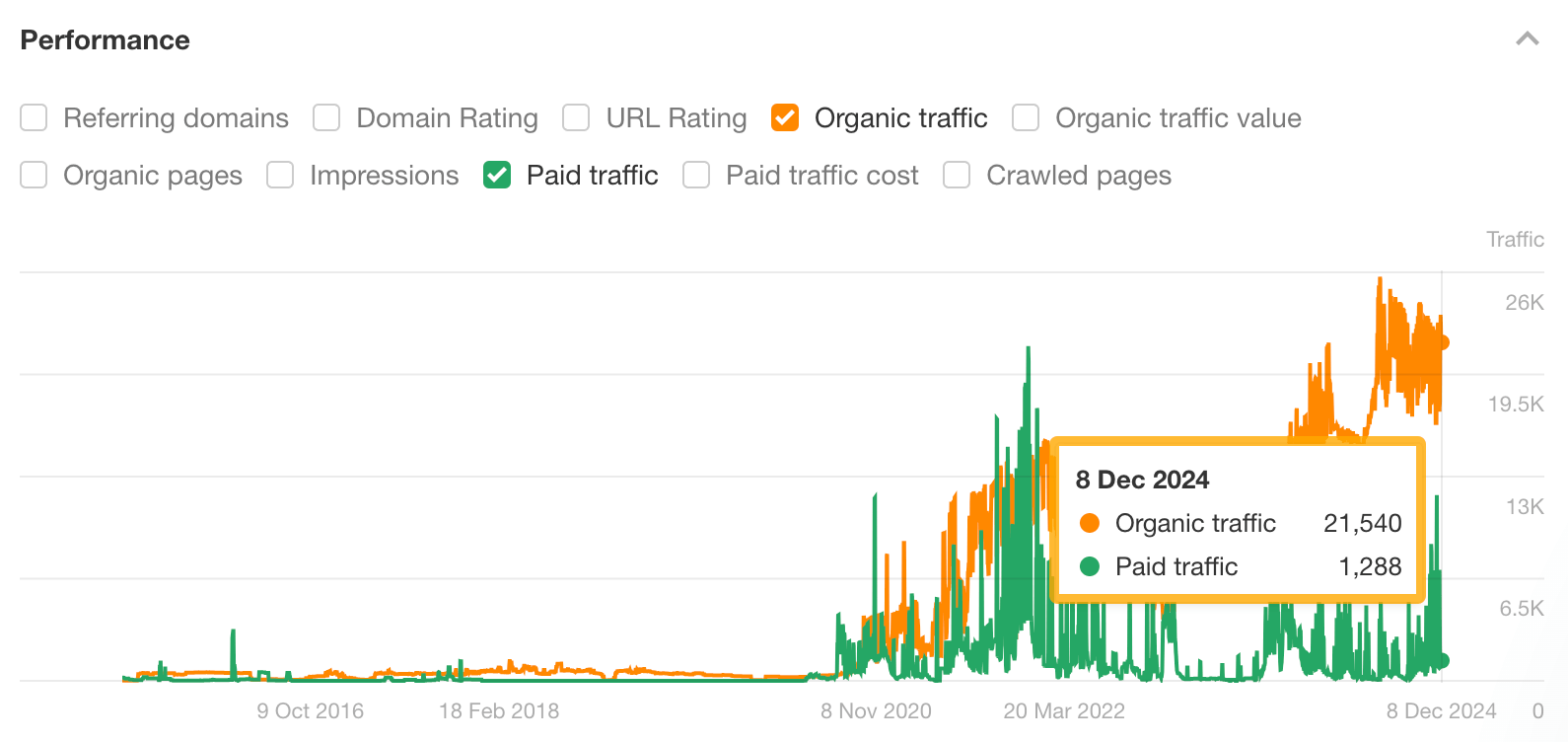
Curious how he did it (and how the rest of us mere mortals might be able to replicate his success), I sat down with Ash to dissect the key pieces of the puzzle and learn about his future plans for the store.
Below are takeaways from our chat that I hope will help anyone looking to follow in his footsteps.
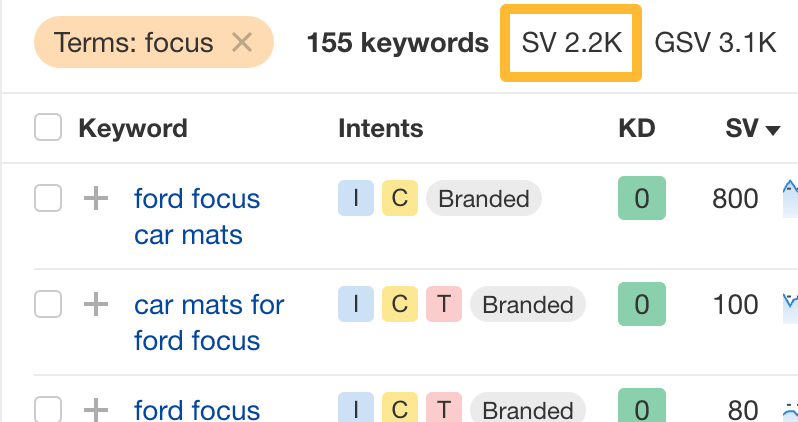
While it matters that people are searching for your products if you plan to drive traffic from search, knowing the target market is equally as important. Ash having a Ford Focus meant he was the target market and could actually test his product firsthand.
It also meant that he only had to find and source one product to begin with, allowing him to test and validate his idea quickly.
How did he do that? By driving paid traffic to the product landing page via Google Ads:
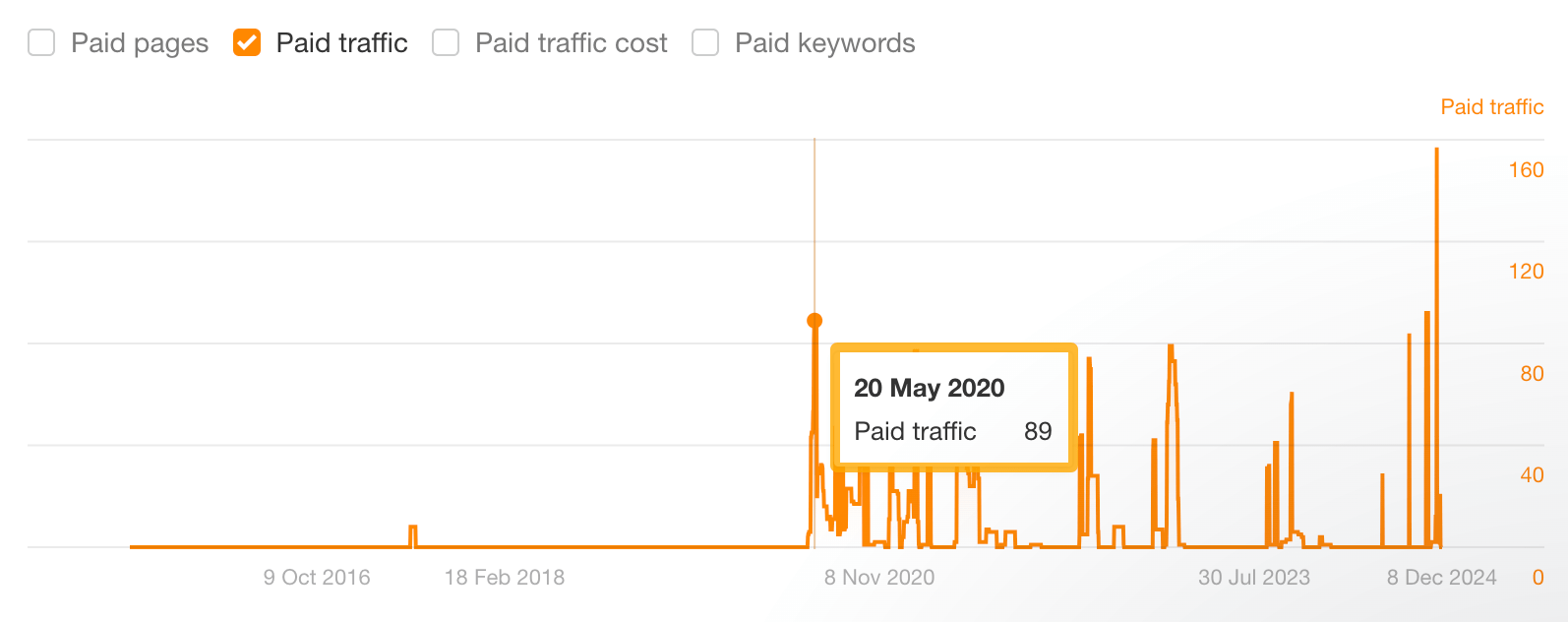
Doing this allowed him to get a sense of whether the numbers worked. Could he drive consistent traffic, deliver a quality product, and make at least some profit—or did things simply not add up?
Given that he’s on track to hit £10M in total sales early next year, you can probably guess the answer…
Crucially, though, he made an effort not to make his store look like it only stocked one product. He built out the full menu so it looked like any other store. The only difference was that the rest of the products weren’t clickable.
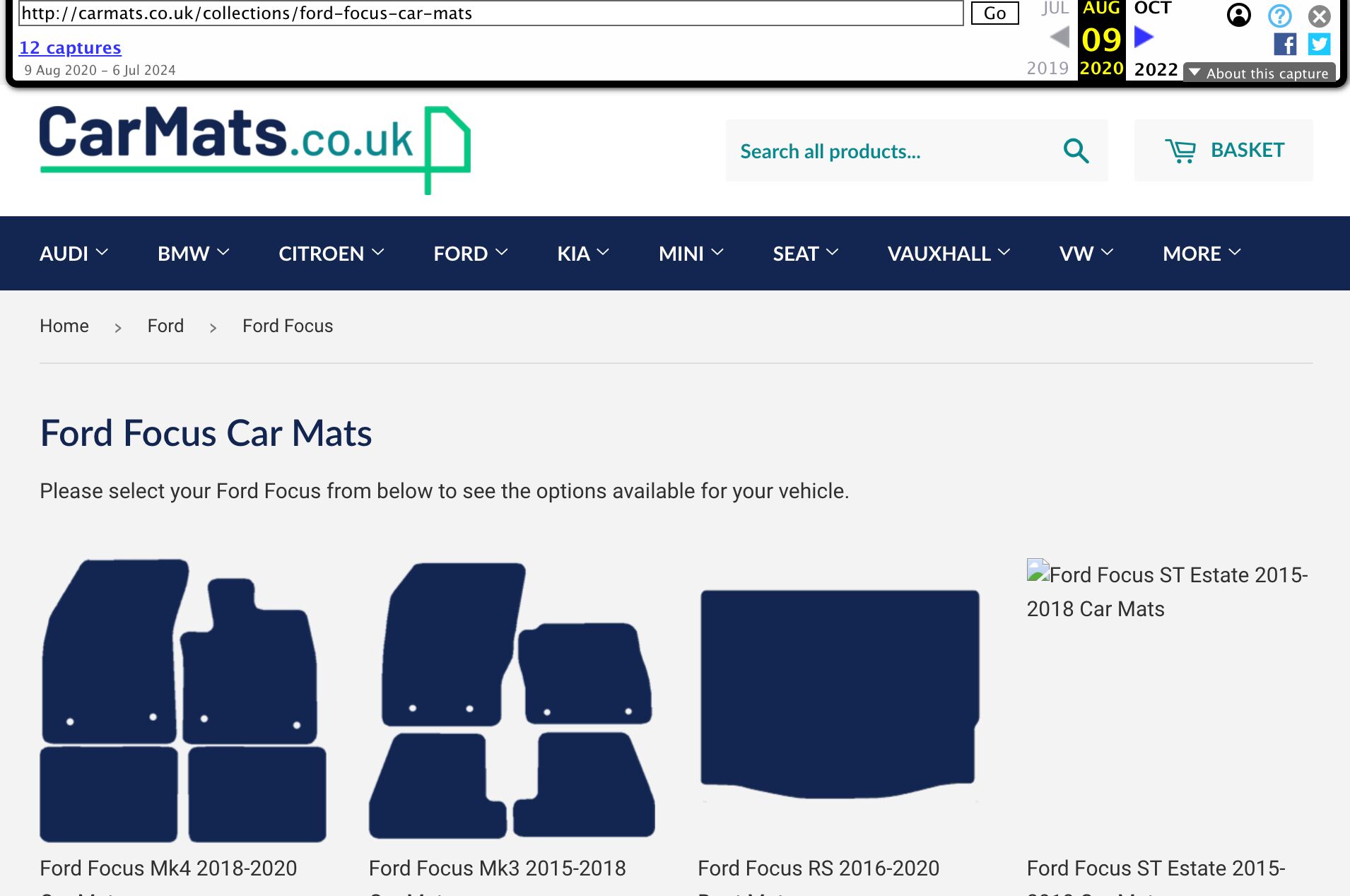
He then slowly populated the store with other models over the coming months, again by combining a mix of keyword research and common sense to keep things logistically possible.
We tried to do it one manufacturer at a time, so we did all of Ford and then moved on to other popular manufacturers before smaller ones. […] If you end up running around doing, say, the top 20 top-selling models [as per keyword research] then you’ll end up in a pickle very quickly.
But Ash said he fulfilled all orders from the start, and his reason was super interesting.
If you took 50 orders and didn’t fulfill any of them and refunded them all, you’re going to get some really negative press right off the bat. Negativity is just not what you want when you’re trying to start up.
It’s important to remember that Ash was trying to build a legit brand here, not just a throwaway site to make bank for a few months before tanking.
Of course, it might seem like this isn’t so important for a site selling car mats. After all, even Ash himself admitted that repeat custom isn’t a big driver of sales for the brand. So, pride aside, why does reputation really matter?
Personally, I think it has to do with how people buy things online…
If you’re anything like me, then I doubt you would just search “car mats” and pull the trigger on the first site you click. You’d at least head back to Google and search for the brand’s reviews first.
Here’s what you see if you do that for Ash’s site:
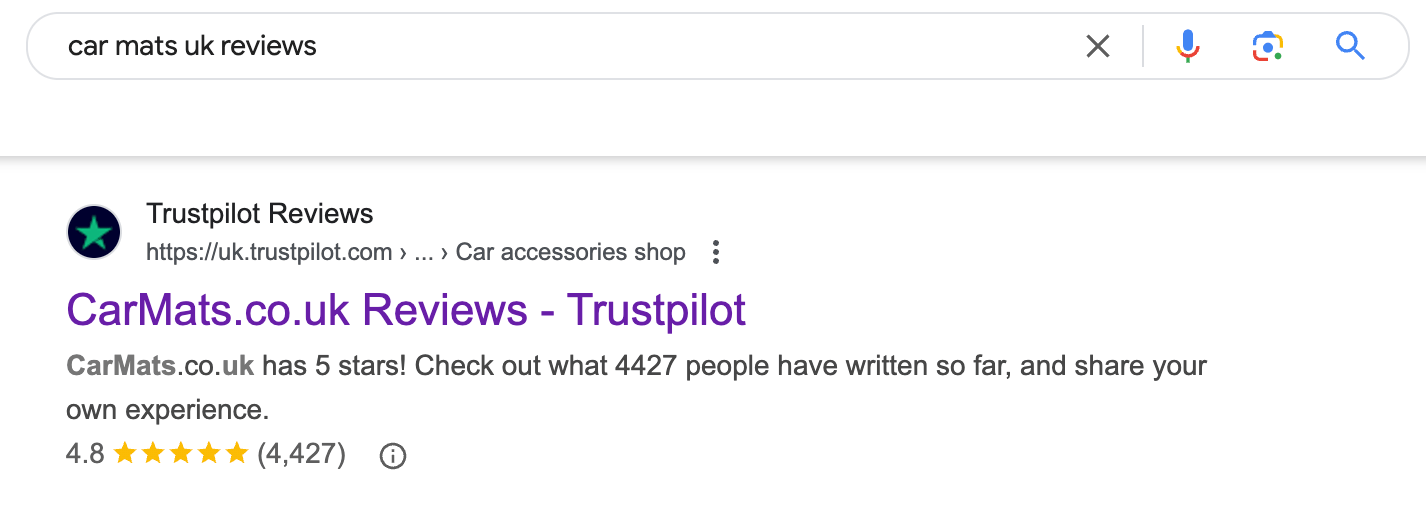
By shipping quality products from day one, Ash was able to build a solid reputation from the get-go. Just scroll back to early reviews on TrustPilot and you’ll see that these were coming in thick and fast just months after he started the site.
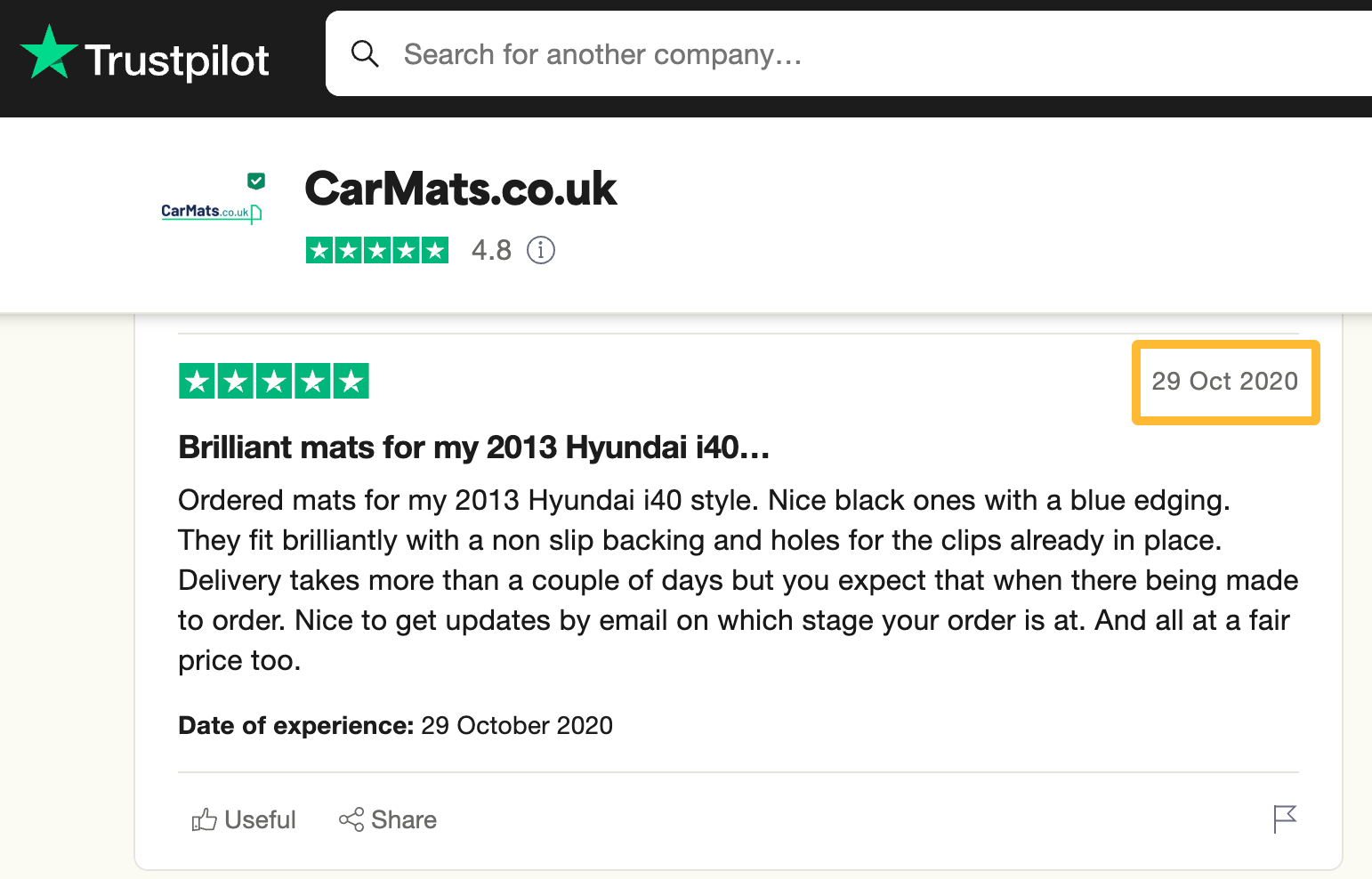
This helps to relieve any anxiety potential customers might have and no doubt leads to more of them actually pulling the trigger and buying from his store. In turn, this leads to a better return on ad spend and other marketing activities.
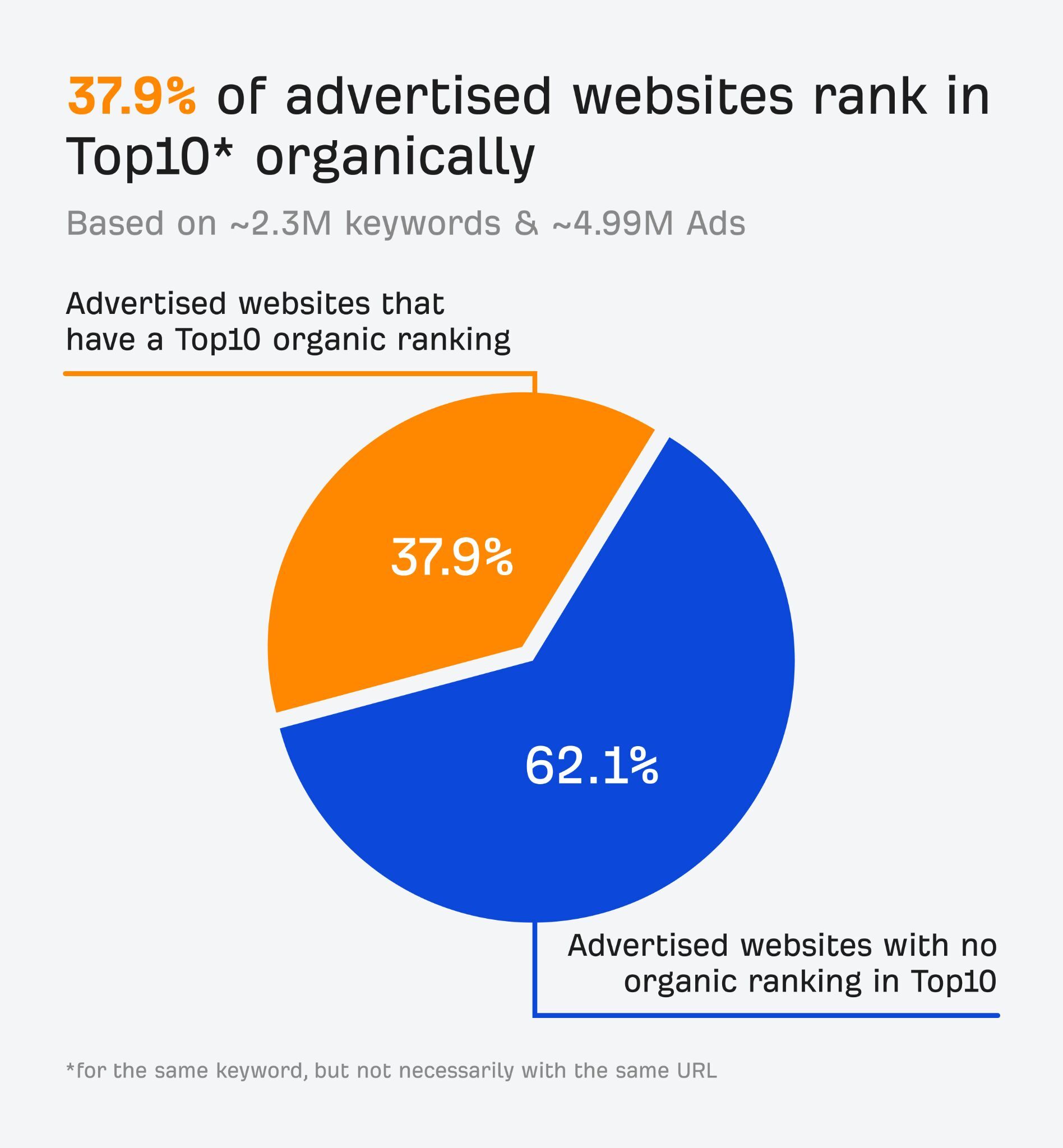
15.7% of these sites even advertise the same page that ranks in the top 10, and 40.66% of advertised pages rank #1 organically.
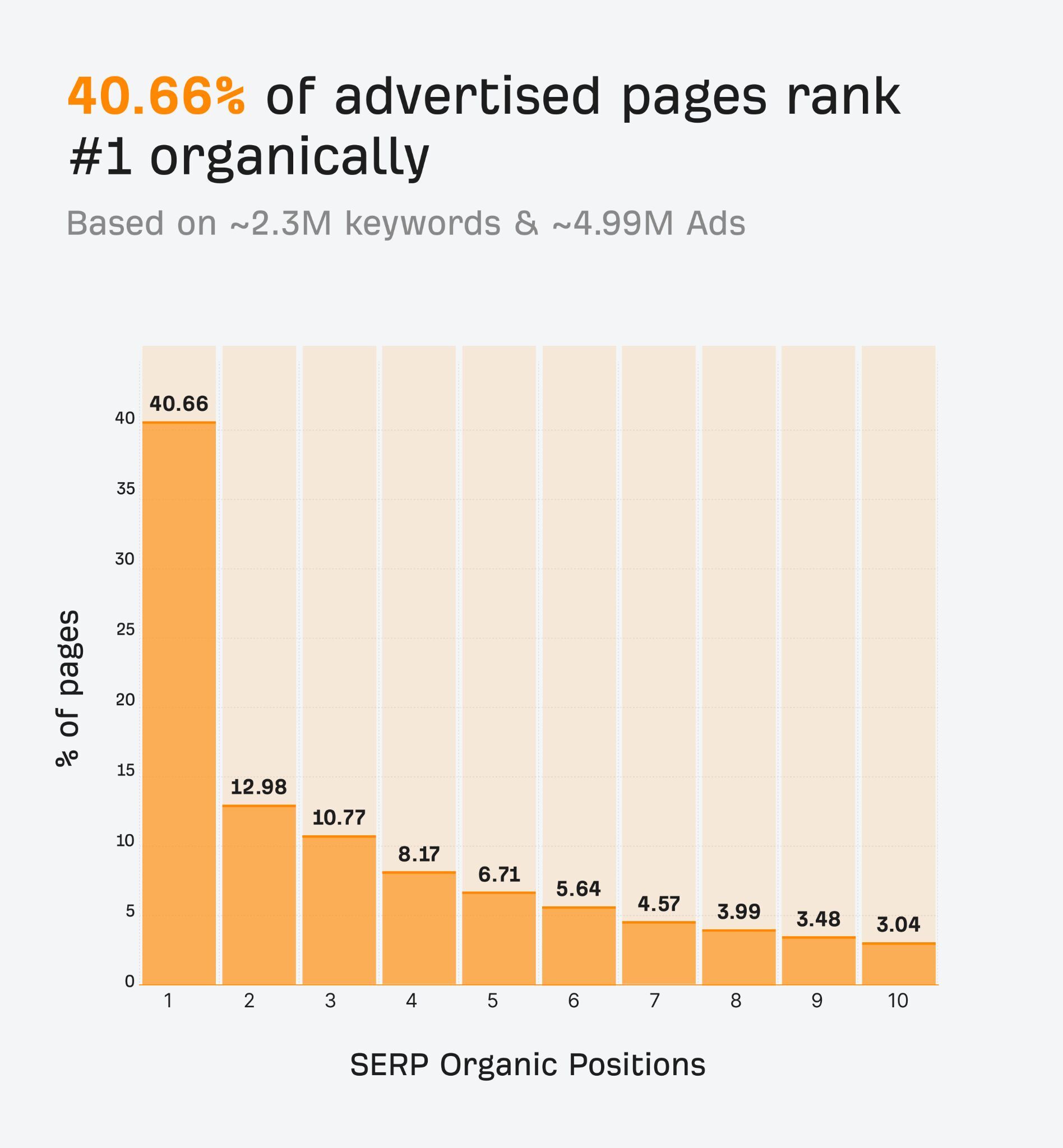
In short, Ash and many other site owners are paying Google for ad clicks even when they rank #1 for the same keyword.
Why? As Ash explains, you simply need to be there if a good percentage of clicks are going to ads in your industry.
It’s all about what does the average person do? In our marketplace, a huge percentage of the clicks go to paid anyway. If you’ve got half the searches or more going to paid then you’d be mad not to be pushing it as hard as you can.
You can see that this is the case for the car mats industry in Ahrefs. For “ford fiesta car mats,” only 38% of clicks go to organic only. 28% go to paid only and a further 11% go to both paid and organic.
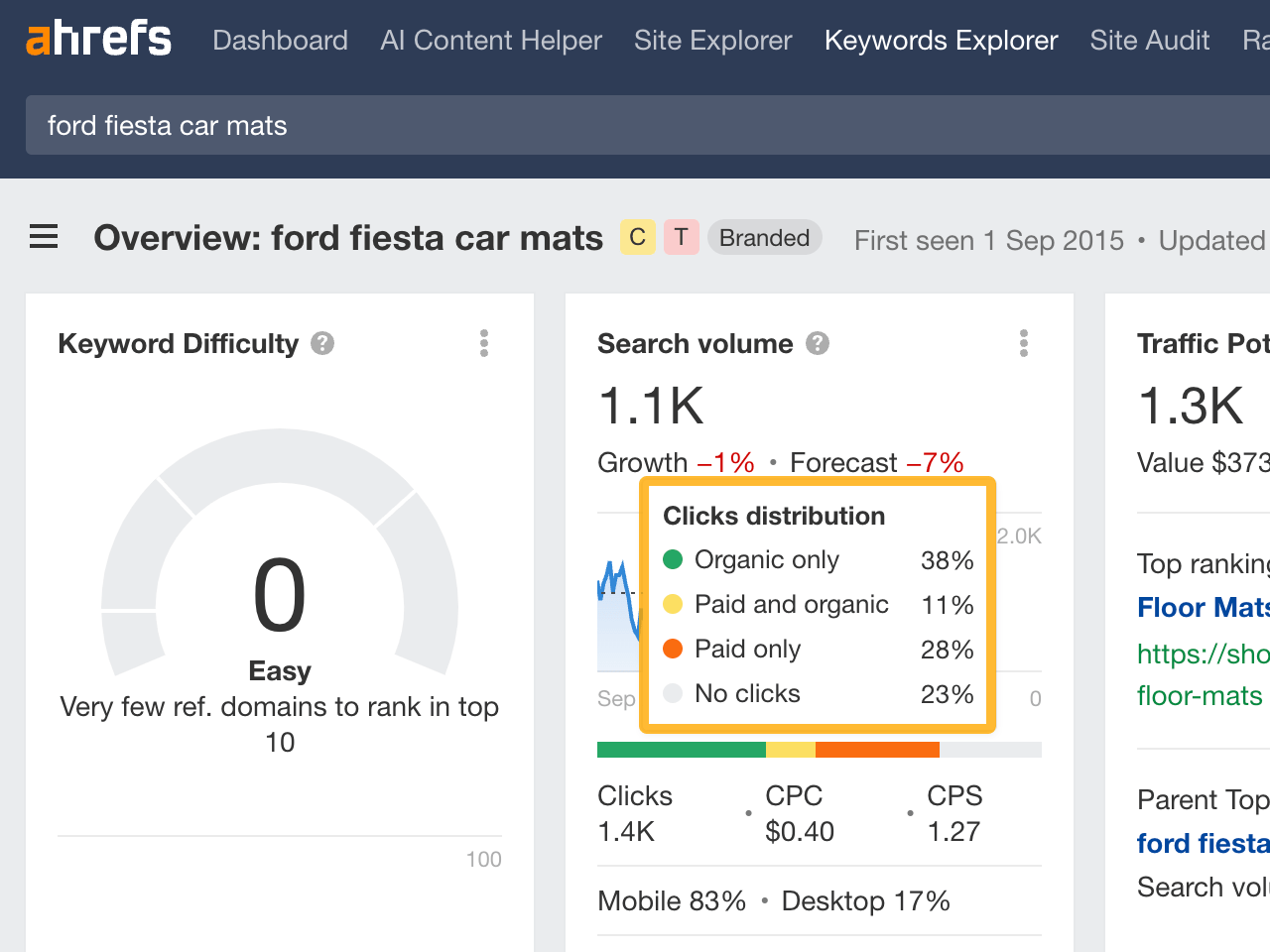
This might seem surprising to us web-savvy marketing folks but, as Ash pointed out, it’s pretty common for people to click ads.
Most people click ads. They either don’t realise they’re ads or they don’t care because it’s a good result for them. More often than not, when you’re looking for stuff to buy online, the ads are quite often better than some of the organic results because some of those have been there forever. They might not be the newest things or the best things; they’re just relying on the fact that they get some free traffic from Google.

